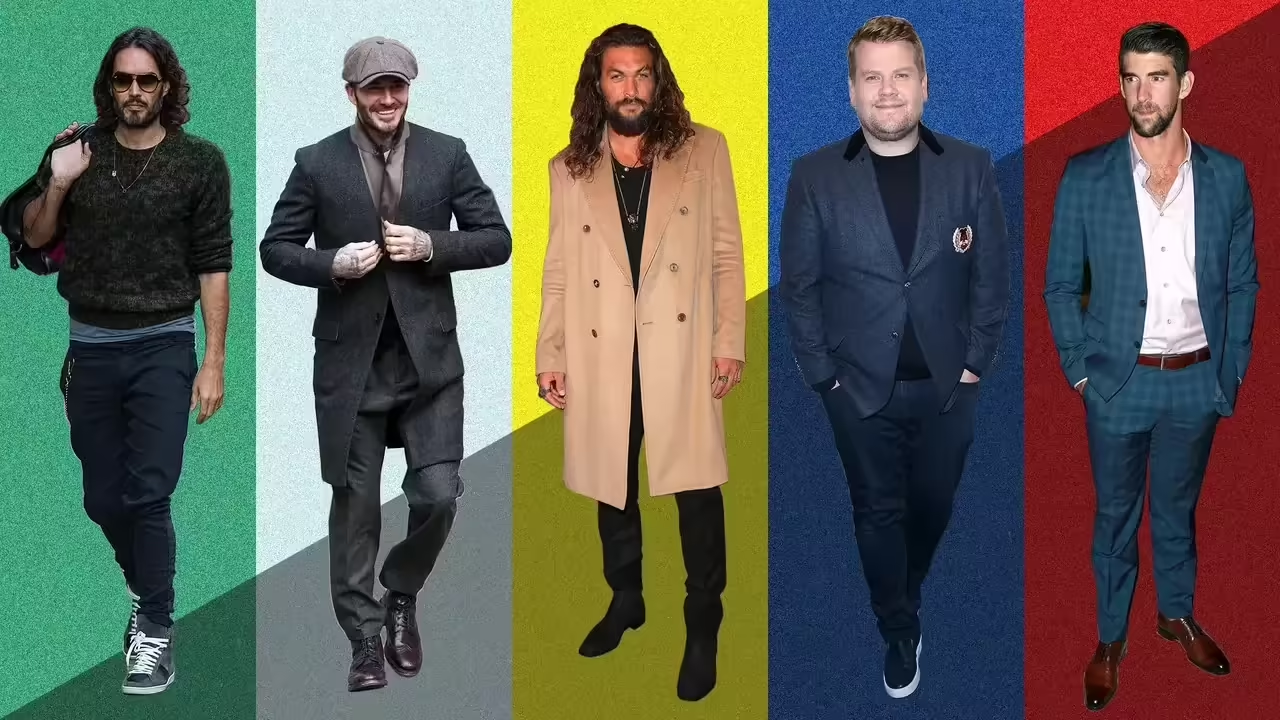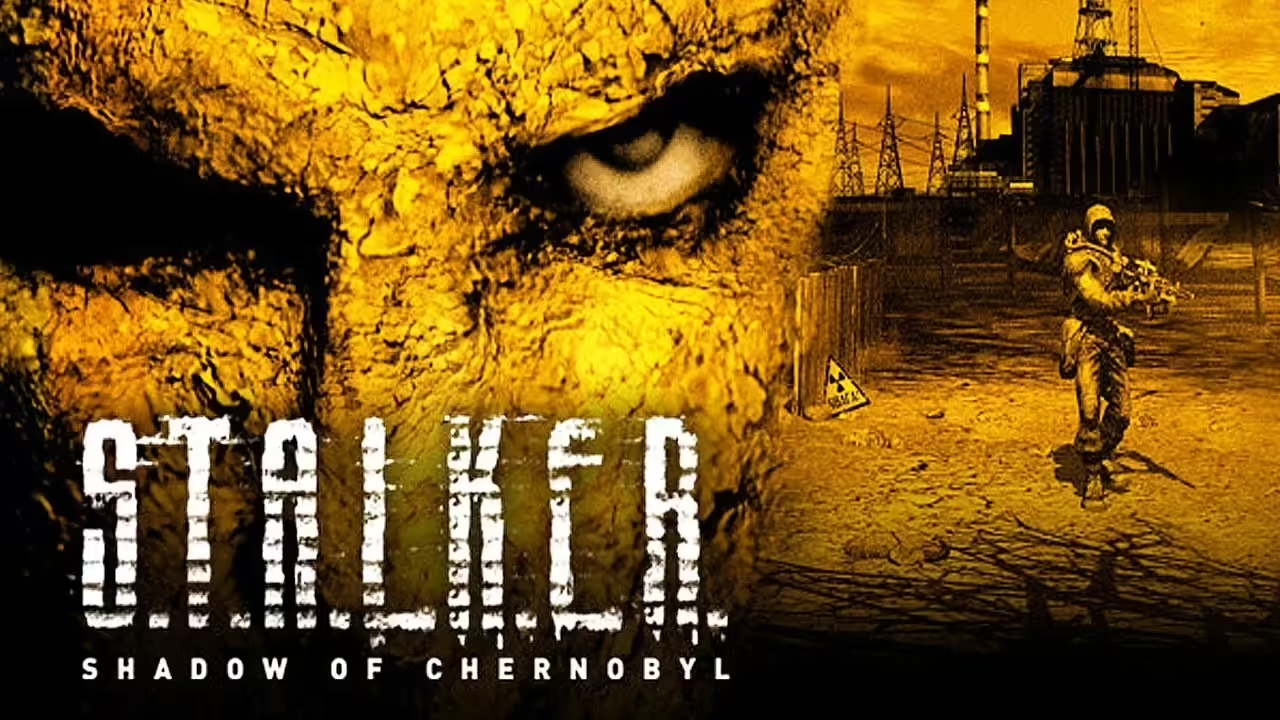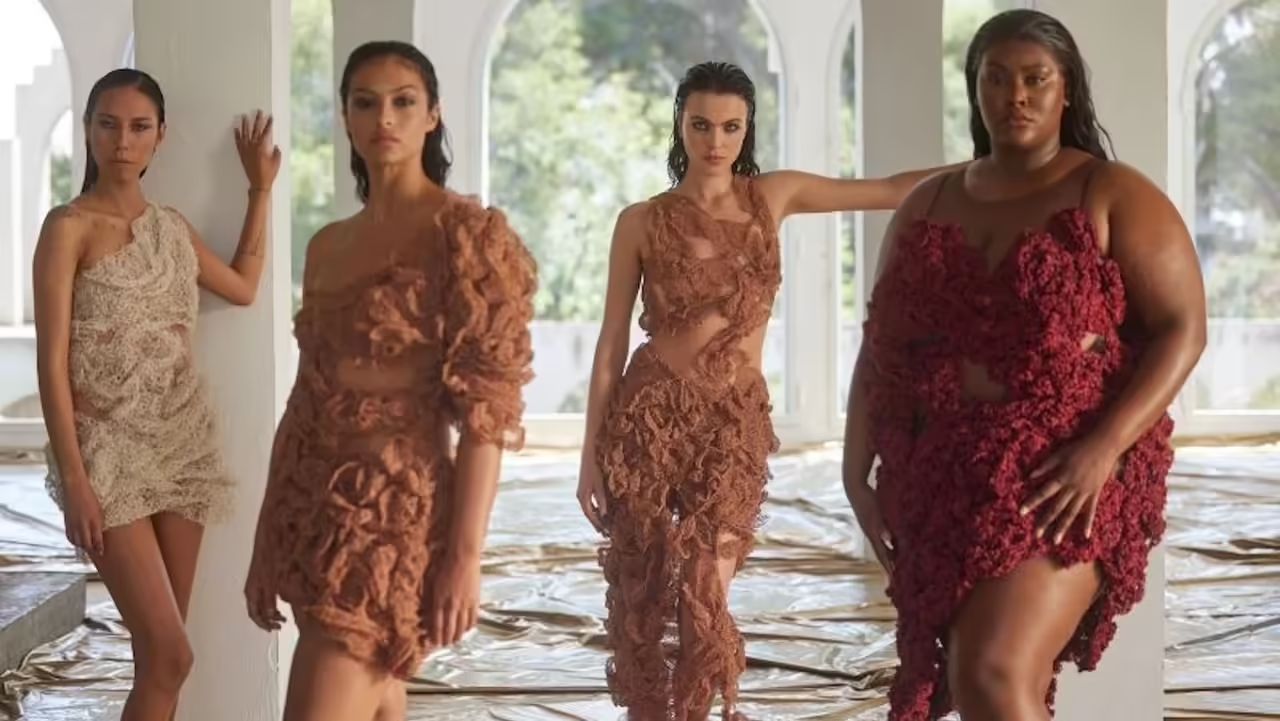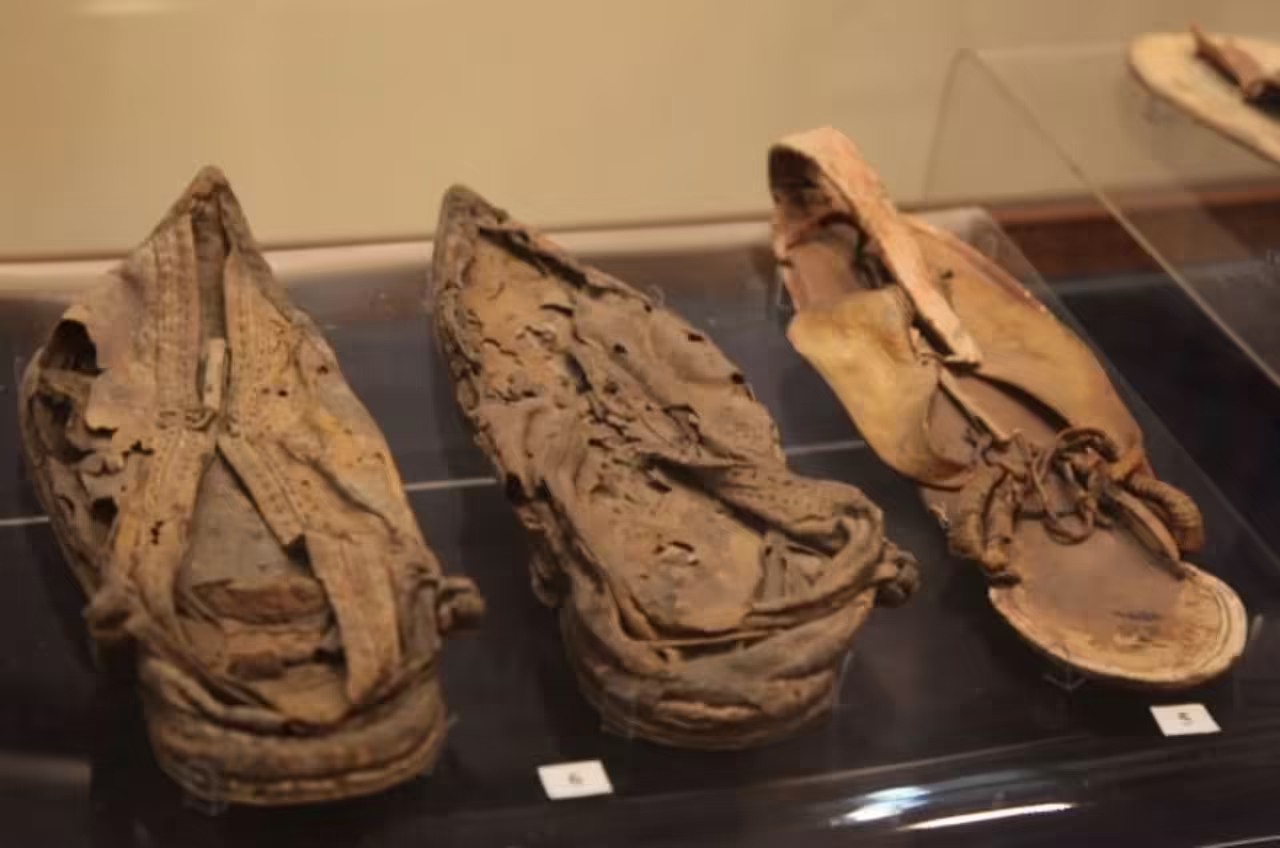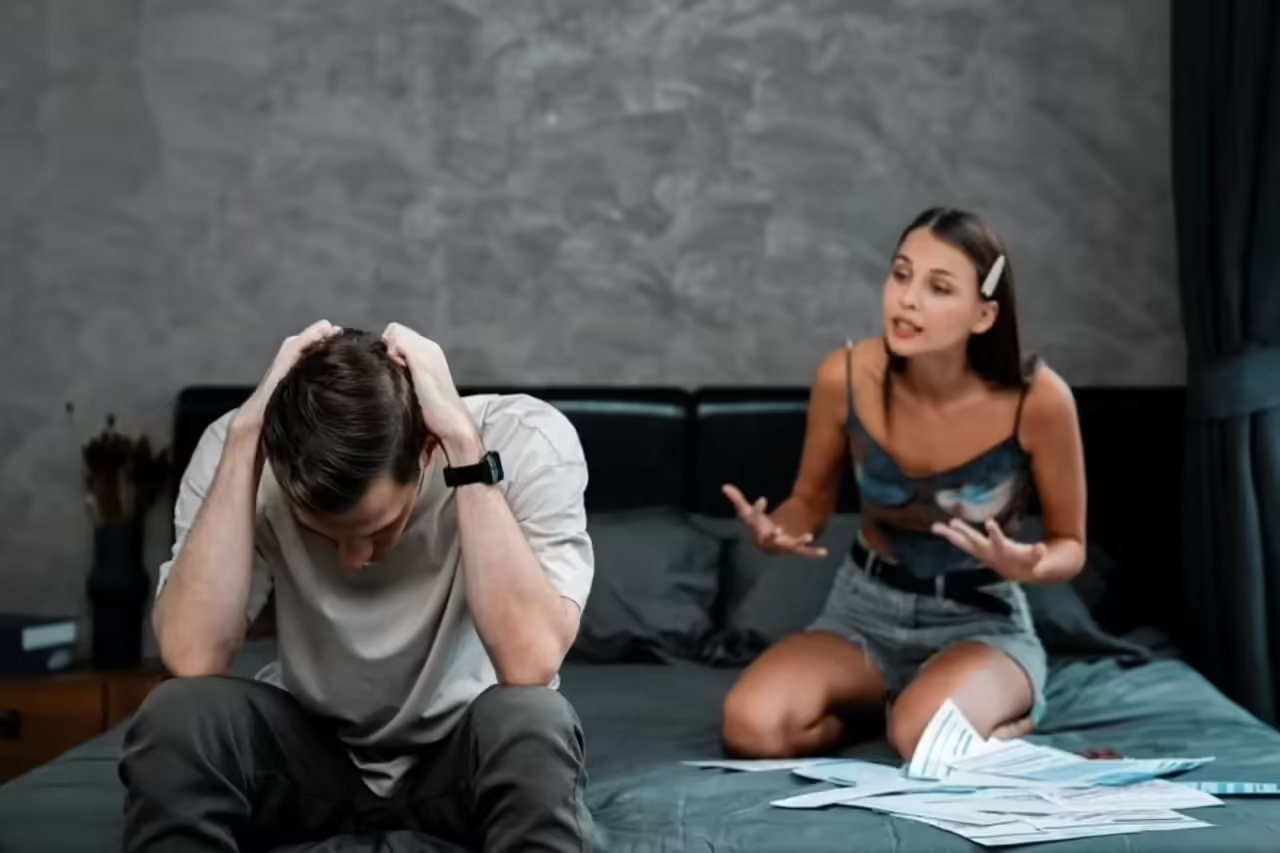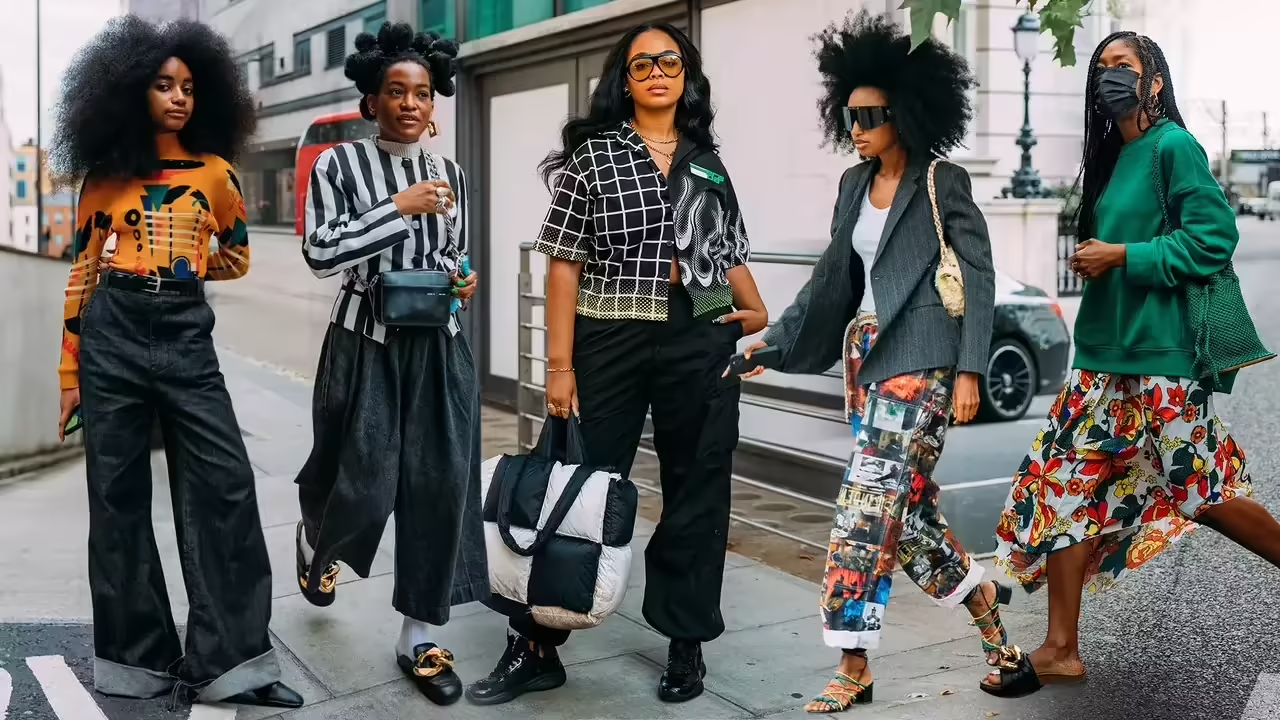
Patterns have played a crucial role in the fashion industry, transforming simple garments into artistic expressions and statements of style. These visual designs not only add color and texture to clothing but also tell stories, reflect cultures, and offer a window into the evolution of taste and fashion over the years.
The Importance of Patterns in Fashion: Beyond the Aesthetic
Patterns are not merely visual embellishments; they are a powerful tool for conveying identity and personality. From delicate floral motifs to bold geometric patterns, prints allow individuals to express their uniqueness and stand out in the crowd. Additionally, designers use patterns to tell stories, drawing inspiration from nature, architecture, or cultural and artistic movements.
Fashion is cyclical, and patterns are no exception. Throughout the decades, we have witnessed the revival of classic patterns and the creation of new designs that defy conventions. The world of fashion has experienced a constant flow of cultural and artistic influences reflected in the patterns of each era.
Evolution of Patterns Over Time
1920s: During the Roaring Twenties, geometric patterns and stripes became emblematic of the fashion of the time. Extravagant designs and vibrant colors reflected the energy and liberation characterizing the decade.
1950s: Floral patterns and feminine motifs flourished in the 1950s, reflecting femininity and elegance. Polka dot dresses and pleated skirts became iconic symbols of this era.
1980s: Excess and experimentation were the hallmarks of 1980s fashion. Striking patterns, fluorescent colors, and abstract designs stood out in this decade of boldness and self-expression.
21st Century: In the current era, fashion embraces diversity and inclusivity. Ethnic, floral, animal, and abstract prints coexist in a landscape where individuality is celebrated. Furthermore, technology has allowed unprecedented customization, with the ability to print unique and exclusive designs.
Stripes: A Classic Reinvented in the Fashion World
Stripes have been a classic element in fashion that has withstood the test of time, adapting and reinventing itself over the decades. From simple black and white lines to bold color combinations, stripes have been a versatile choice that has left its mark on the history of fashion.
History of Stripes in Fashion: From Nautical to Avant-Garde
Stripes made their prominent appearance in fashion in the late 19th century when adopted by the French navy. Originally associated with sailor attire, stripes eventually distanced themselves from that image and became a symbol of style and sophistication.
Different Types of Stripes and Their Visual Effects: Beyond Horizontal and Vertical
Horizontal Stripes: These are the most classic and common. Horizontal stripes can add width to a figure, creating the illusion of a broader silhouette. They look wonderful on sweaters, T-shirts, and casual dresses.
Vertical Stripes: Vertical stripes are known for elongating the figure and creating a slimmer appearance. They are ideal on pants, blouses, and formal dresses, making for an elegant and flattering choice.
Diagonal Stripes: Diagonal stripes can be dynamic and modern. They are often used in contemporary and sporty fashion, adding a touch of energy and movement.
Chevron Stripes: This V-shaped pattern is a unique variation. Chevron stripes can create an interesting optical illusion and add a modern touch to clothing and accessories.
How to Incorporate Stripes into Different Garments and Styles: Style Tips
Classic Outfits: Opt for striped shirts with plain pants for a timeless style. Add a touch of elegance with a well-tailored blazer.
Casual Style: Striped T-shirts and sweaters are perfect for a relaxed and comfortable look. Pair them with jeans or chinos for an informal yet chic style.
Formal Elegance: A dress with vertical stripes can be a sophisticated choice for more formal events. Combine it with simple accessories and heels for a polished look.
Layers and Accessories: Experiment with layers, such as striped jackets or shawls, to add visual interest to your ensemble. Striped accessories, like scarves or bags, are excellent for subtly introducing this pattern.
Flowers: Romantic and Versatile in the World of Fashion
Floral prints have captivated the world of fashion for centuries, becoming a visual expression of elegance, femininity, and romance. From humble origins to modern interpretations, floral prints have proven to be a versatile and timeless choice in the fashion palette.
Origins of Floral Prints in Fashion: A Journey Through Time
Floral prints have their roots in antiquity, where they were used in fabrics to express cultural and aesthetic symbolism. However, it was in the 1940s that floral prints flourished in Western fashion, especially after World War II. In contrast to the dark tones of the time, flowers symbolized hope and renewal.
Modern Interpretations of Floral Prints: Beyond Tradition
In contemporary fashion, floral prints have evolved beyond traditional conventions. Designers and artists have experimented with a variety of styles and scales, from lush and large flowers to more abstract and stylized patterns. Flowers now come in an infinite range of colors and are combined with other elements to create unique and avant-garde designs.
Tips for Combining and Wearing Floral Prints Effectively: Elegance and Style
Pattern Balance: If you opt for a striking floral dress, balance the ensemble with more neutral accessories. Avoid visual saturation by combining floral prints with other patterns, opting for one floral garment and the rest in solid tones.
Key Accessories: If you’re cautious about floral prints, try accessories like scarves, bags, or shoes. These elements can add a subtle floral touch to your outfit without being overwhelming.
Layers and Textures: Experiment with layers to add dimension. A floral jacket over a solid dress or a light floral shirt over a basic T-shirt can be stylish choices.
Appropriate Occasion: Consider the occasion when choosing floral prints. Bold designs may be perfect for casual events, while more subtle and delicate prints may be ideal for formal occasions.
Checks: Elegance and Geometry in Fashion
Check patterns have long been a classic choice in the world of fashion, bringing elegance and a dose of geometry to outfits. From their historical origins to modern interpretations, checks have proven to be a versatile pattern that has withstood changing trends.
Brief History of Checked Patterns: A Legacy of Tradition and Style
The history of checked patterns dates back centuries. Originating in Scotland, tartans were checked patterns used to identify clans. Later, these patterns crossed borders and integrated into British fashion, becoming a symbol of elegance and social status.
Varieties of Checks and Their Characteristics: Beyond the Traditional
Gingham Checks: Small, uniform checks, typically in white and another color, evoke a classic and timeless aesthetic.
Houndstooth Checks: A larger pattern formed by irregular blocks, creating a distinctive and sophisticated design.
Scottish Checks: Inspired by the original tartans, these checks are usually larger and can feature a variety of colors.
Windowpane Checks: A pattern of large, open checks, creating a bold and modern appearance.
Creative Ways to Integrate Checks into the Wardrobe: Elegance and Modernity
Classic Outfits: A checked suit in neutral tones is a timeless choice for formal events, infusing elegance with a touch of distinction.
Subtle Touches: For those who prefer a more discreet approach, accessories like checked ties, scarves, or socks can add a stylish touch to a basic outfit.
Texture Combinations: Combine checked garments with other textures, such as leather or denim, to create interesting contrasts and a modern appearance.
Casual Style: Opt for checked shirts with jeans for a relaxed yet stylish look. Checked shirts are versatile and can adapt to both formal and informal settings.
Current Trends in Fashion Prints: A Glimpse into Creative Innovation
Contemporary fashion is marked by diversity and experimentation, and prints play a crucial role in expressing creativity and individuality. Current trends in prints reflect a blend of cultural, historical, and artistic influences, creating a visually stimulating and eclectic landscape.
Exploration of Recent Trends in Prints: Beyond the Conventional
Botanical Prints: Flowers and plants continue to take center stage in current trends. From lush floral prints to tropical leaves, nature inspires fresh and vibrant designs.
Modern Geometry: Abstract and asymmetrical geometric patterns are on the rise. From lines and shapes to more experimental designs, modern geometry adds a contemporary touch to fashion.
Reinvented Animal Print: Animal prints remain popular, but designers are reinventing them with unexpected colors and innovative combinations, taking this classic to new heights.
Artistic Prints: Artistic influences translate into prints that resemble true works of art. Brushstrokes, paint splatters, and references to artistic movements bring fashion pieces to life.
Colors and Popular Combinations Today: Playing with Tones and Contrasts
Neon Colors: Bright and eye-catching tones, especially in combination with abstract prints, are at the forefront of the trend. Neon colors bring energy and boldness to fashion.
Pastel Palettes: Countering the boldness of neons, pastel colors remain popular, adding softness and femininity to floral and geometric prints.
Unusual Combinations: Current fashion takes risks with unusual color combinations. Mixing vibrant tones with more subdued or even contrasting colors creates memorable looks.
Eclectic Black and White: Despite the diversity of colors, the classic combination of black and white remains strong. Black and white patterns are used to create visual impact and timeless elegance.
Influences of Designers and Fashion Runways: Experimentation and Vanguard
Influential designers and fashion runways play a key role in defining current trends in prints. Renowned brands are experimenting with the fusion of styles, reinterpreting classics, and introducing cultural elements into their designs. Sustainable and ethical fashion is also influencing print choices, promoting environmental awareness and responsible production.
Mixed Prints: Style Tips for Harmonious Combinations
The trend of combining prints has taken the contemporary fashion world by storm, infusing boldness and personality into outfits. However, harmonizing different patterns can be a challenge, as the line between avant-garde fashion and visual chaos is thin.
Mixing Prints: The Art of Coordination
The key to effectively combining prints lies in coordination. Maintaining a consistent color palette among the prints ensures harmony in the ensemble. Additionally, balancing pattern sizes and looking for similar themes or motifs creates a visual connection between the pieces.
Basic Rules to Avoid Visual Saturation
While mixing prints can be exciting, it’s important to follow some basic rules to avoid visual saturation and ensure an elegant result. Limiting the number of prints, including solid or neutral garments to provide blank spaces, and opting for simple accessories are key steps.
Examples of Successful Looks with Mixed Prints
Look 1: Flowers and Stripes in Harmony A blouse with delicate floral print is balanced with a skirt featuring thin stripes. Both prints share soft colors and are united by a plain jacket that adds cohesion to the ensemble.
Look 2: Checks and Stylish Animal Print Checked pants are paired with an animal print blouse. The key here is the choice of neutral colors and the incorporation of neutral heels that add elegance to the outfit.
Look 3: Geometric and Tropical Prints A geometric dress is complemented by a tropical print jacket. Both prints share vibrant colors, creating a bold yet balanced ensemble.
